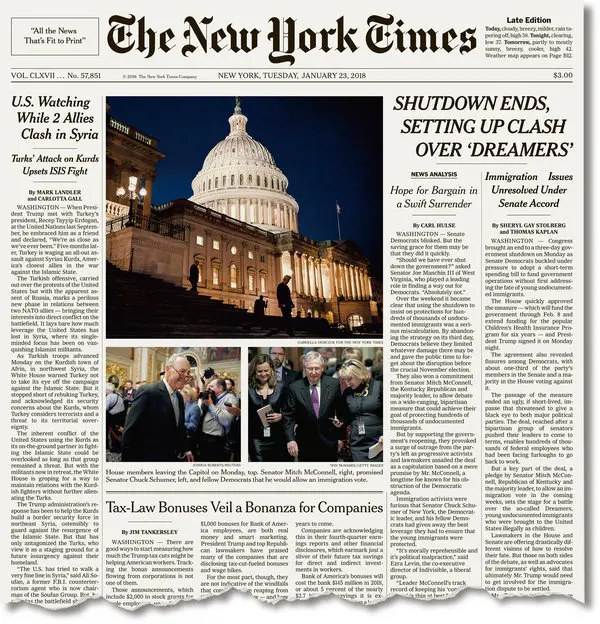
Alright, let’s break it down: journalism and blogging are like being a detective and a storyteller at the same time! Whether you’re writing a news article, a feature story, or a blog post, your goal is to grab people’s attention and tell them a story, but in totally different ways.
News Articles
Imagine you’re a reporter chasing down the truth, like a modern-day detective. In a news article, you’re delivering the facts straight up, no fluff. Your goal is to tell the reader what happened, when, where, why, and how, all in a clear, straightforward way. It’s like giving them the key points without all the extra drama.
Example:
“BREAKING NEWS: The city council passed a new law today that bans plastic straws in restaurants. This move is part of the city’s plan to reduce waste and protect the environment.”
It’s no-nonsense writing, but you’re still telling a story—just one that’s rooted in the facts.

Feature Stories
A feature story is like taking a deep dive into something interesting. You’re still telling a story, but now you’re adding more detail, emotions, and maybe even some cool interviews. It’s not just about the facts—it’s about bringing out the human side of the story, making readers feel something. Think of it like writing a mini-documentary.
Example:
“Behind the Scenes of Your Favorite Coffee Shop: Meet Sarah, the barista who’s been serving up coffee with a smile for over a decade. We caught up with her to find out what it’s like to work at the local café—and why she loves the morning rush.”
You’re telling a story with heart, and giving readers a glimpse into something they may never have thought about before.

Blog Posts
Now, blogging is like sharing your thoughts with the world, but with way more freedom! You can write about anything—from fashion, gaming, and travel, to life tips, personal stories, or opinions on the latest trends. Blogs are your space, and you can be casual, funny, or even super deep. The best part? It’s personal. You’re talking directly to your audience like you’re having a conversation.
Example:
“5 Reasons Why Your Morning Coffee Is the Best Part of Your Day”
Ever wonder why coffee feels like a hug in a cup? Here’s why I think it’s the best thing since sliced bread.
Blogging lets you be creative, build your voice, and even connect with people who love what you write. Plus, you don’t need to be a pro to start. It’s all about sharing your perspective in a fun, unique way!

Why Engage Journalism and Blogging?
Whether you’re writing a fast-paced news story, a deep dive into a cool topic, or just sharing your thoughts online, journalism and blogging let you explore the world around you and turn it into stories. It’s like being the person who knows all the cool details, and you get to share them with everyone. Plus, you can make people laugh, think, or even take action!
So, if you love telling stories, solving mysteries, or just sharing what you care about, journalism and blogging could be the perfect way to do it!
More Resources
Learning Activities
Interviewing 101: Conduct a Report
In this activity, you will learn the fundamentals of interviewing and turning conversations into articles or blog posts.
- Step 1: Write open-ended interview questions (e.g., “What motivated you to start your business?” or “How do you feel about the new school policy?”).
- Step 2: You and your classmates will be paired up to interview each other, focusing on gathering detailed responses. Listen actively and ask follow-up questions.
- Step 3: After the interview, write a short article or blog post based on the conversation, summarizing the key points and adding your analysis.
- Step 4: You will share your story with the class and provide feedback on each other’s interview techniques and writing style.
Variation: Turn it into a “Celebrity Interview” activity where the class pretends to be famous figures or fictional characters, and the interviewee has to answer in character!
Video Blog
Create a short 1-2 minute video blog (vlog) in class about a simple, engaging topic. The goal is to practice fluency, pronunciation, and natural spoken English while sharing your thoughts.
1. Choose Your Topic:
Pick one of the following topics (or a similar one):
- Your favorite hobby or activity.
- A place you recommend visiting (local or international).
- A quick review of a book, movie, or TV show.
- A cultural custom or tradition you find interesting.
2. Prepare Your Content:
- Write down 3-5 key points you want to talk about.
- Use connectors to organize your ideas (e.g., first of all, also, finally).
- Include C1-level expressions or phrases to make your speech sound natural.
- Examples: “One thing I love about…”, “What really surprised me was…”, “To sum up…”
3. Record Your Vlog:
- Use your phone, tablet, or laptop to record your video.
- Speak clearly and naturally, focusing on pronunciation, intonation, and fluency.
- Don’t read your notes! Talk freely and make eye contact with the camera.
4. Share Your Vlog:
- In pairs or small groups, share your videos. Watch each other’s vlogs and give quick feedback:
- Fluency: Did they speak smoothly?
- Content: Was the topic clear and engaging?
- Pronunciation: Were they easy to understand?
